
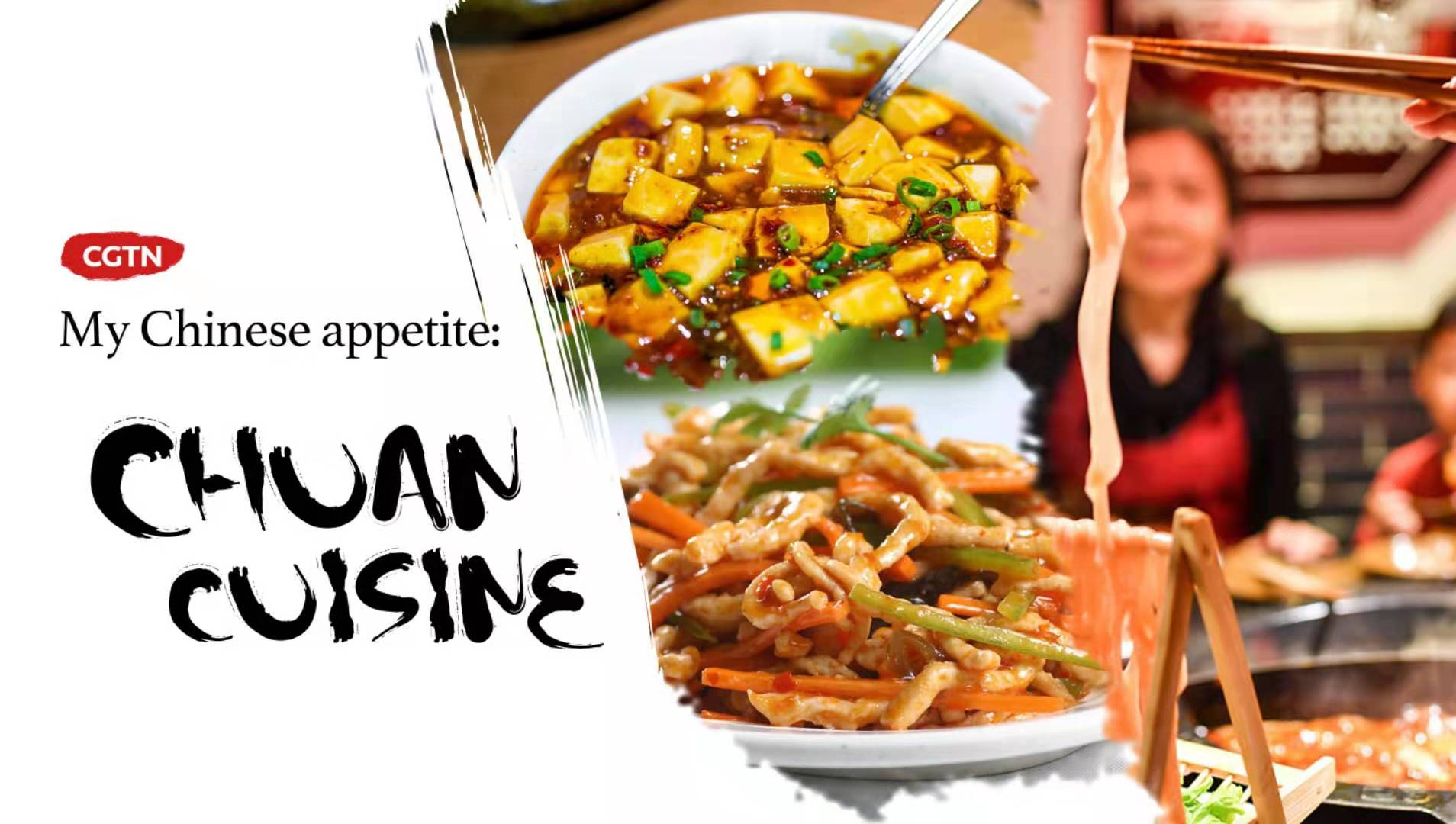
China's "Eight Cuisines"
China has had a long culinary history. In the Shang and Zhou Dynasties (1600-221 B.C.), Chinese cuisine was well developed in terms of cooking methods and dishes taken as part of culture.
Four of the "Eight Cuisines" were publicly recognized as the most mature cooking styles in the early Qing Dynasty (1644-1911), which can be found in recorded Chinese history in a book “Qing Bai Lei Chao.” They consist of the Lu cuisine, which originated from today's Shandong Province; the Yue cuisine, also known as the Cantonese cuisine, originated from Guangdong Province; Chuan cuisine, nurtured by its birthplace in Sichuan Province; and Su cuisine, from today's eastern coastal province of Jiangsu.
In culinary culture, one can easily find the wisdom and tastes of people who have unlocked the challenges of the unpleasant side of local weather, and the technique of making good use of local ingredients for cooking. The tastes have gone on to make further impact, some even shaping the personalities of the people who invented them.
CGTN presents you with their signature dishes and cooking methods, should your taste buds and stomach start to whisper, “My appetite feels a little Chinese today.”
Chuan Cuisine
Chuan cuisine, or Sichuan cuisine, often gives people the impression of being hot and spicy, which is true due to the cold and wet weather in the province, situated in southwest China.
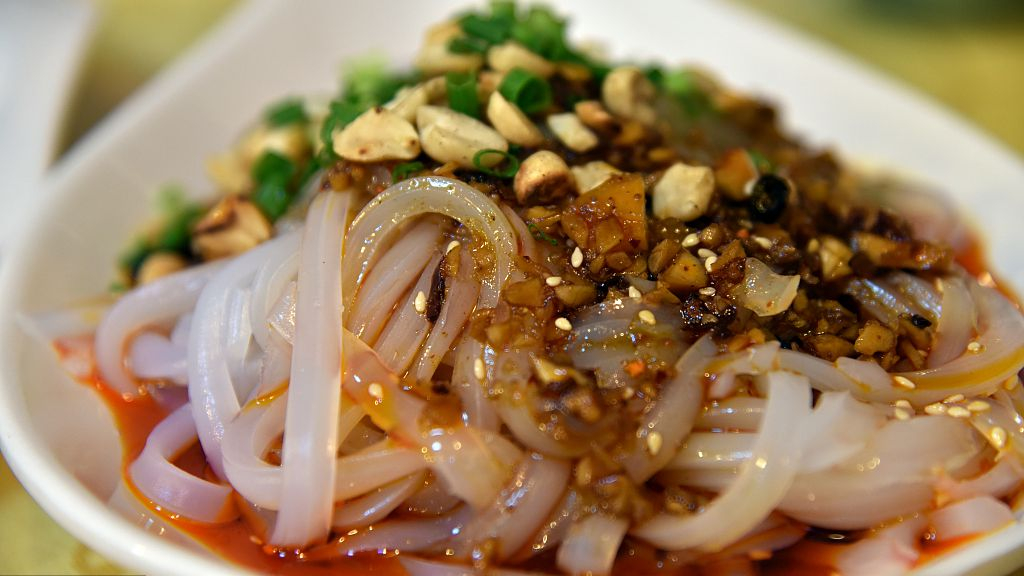
Chuanbei Liangfen, as in Bean Jelly /VCG Photo
Chuanbei Liangfen, or in English, Bean Jelly, is made of green pea powder and made into the shape of noodles, accompanied by seasonings such as onions, garlic, chili oil, pepper, soy bean, salt, sugar, MSG, fermented soya beans, sesame oil, parsley, and the like.
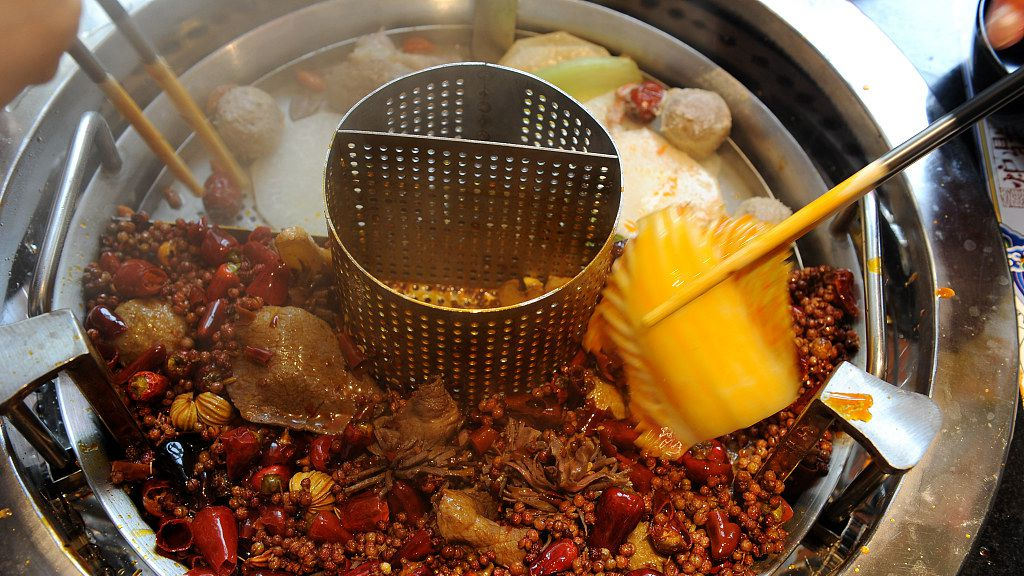
This is a typical Chengdu hotpot, with two flavor choices – spicy and non-spicy. /VCG Photo
Sichuan Province and Chongqing Municipality have a lot in common in their cuisines, as Chongqing is not only the neighbor to Sichuan Province, but was also once part of the province before 1997. With hotpot, one major difference between the Sichuan style and the Chongqing style is with the oil. Chongqing hotpot uses processed oxley oil, while Chengdu (the capital city of Sichuan Province) hotpot using rapeseed oil that brings out a lighter flavor of the food compared to the former.
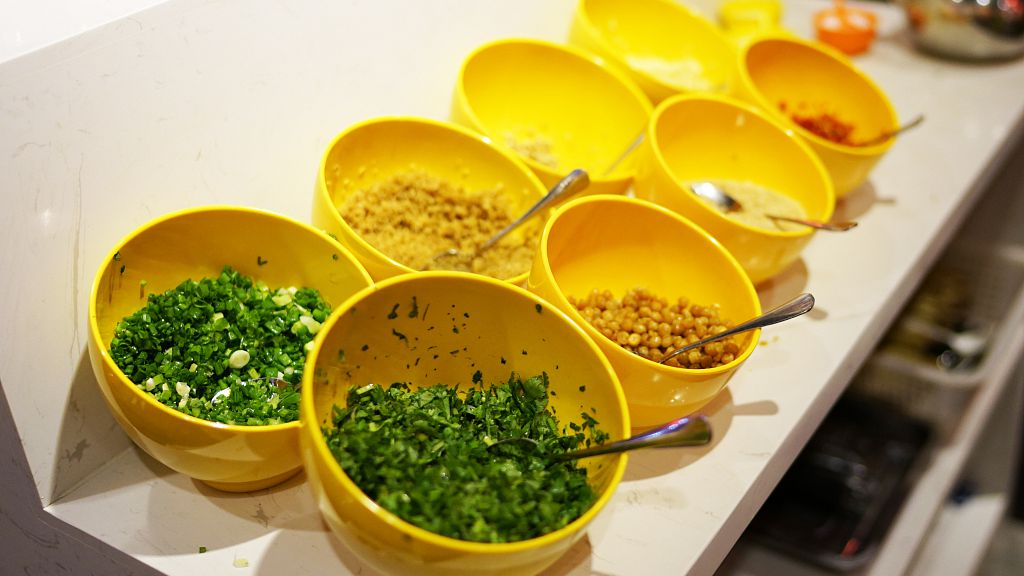
Self-service seasoning for Chengdu hotpot /VCG Photo
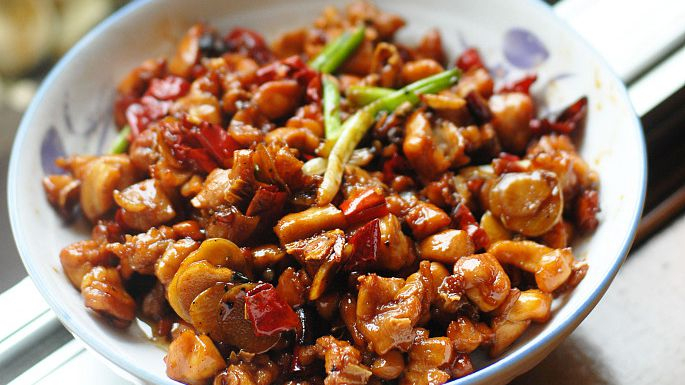
Spicy diced rabbit /VCG Photo
Dice rabbit meat is an easy homemade dish, seasoned with fresh ginger, onion and capsicum, of course. Or simply, "Spicy Diced Rabbit Meat." The best season for this dish is when ginger is first harvested in July. Note that this dish is served cold. It is said that the famous ancient Chinese poet Du Fu enjoyed newly cooked spicy diced rabbit, and asked if he could pack more of it for his road trip. Therefore, a local chef cooked a drier version, and packed it while cool. People then discovered that the dish is tastier when cold than hot. "Spicy Diced Rabbit Meat" or "Cold Diced Rabbit Meat" are both fine.
For Chongqing Cuisine, please read: My Chinese appetite: Chongqing Cuisine

Copyright © 2018 CGTN. Beijing ICP prepared NO.16065310-3
Copyright © 2018 CGTN. Beijing ICP prepared NO.16065310-3